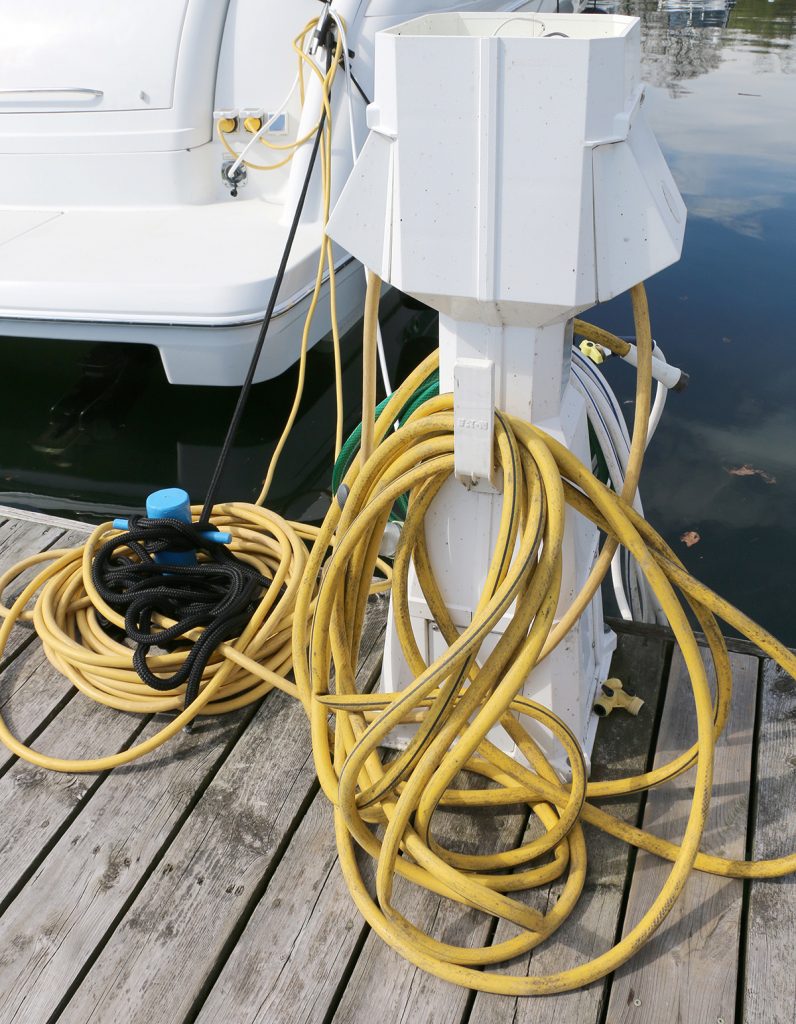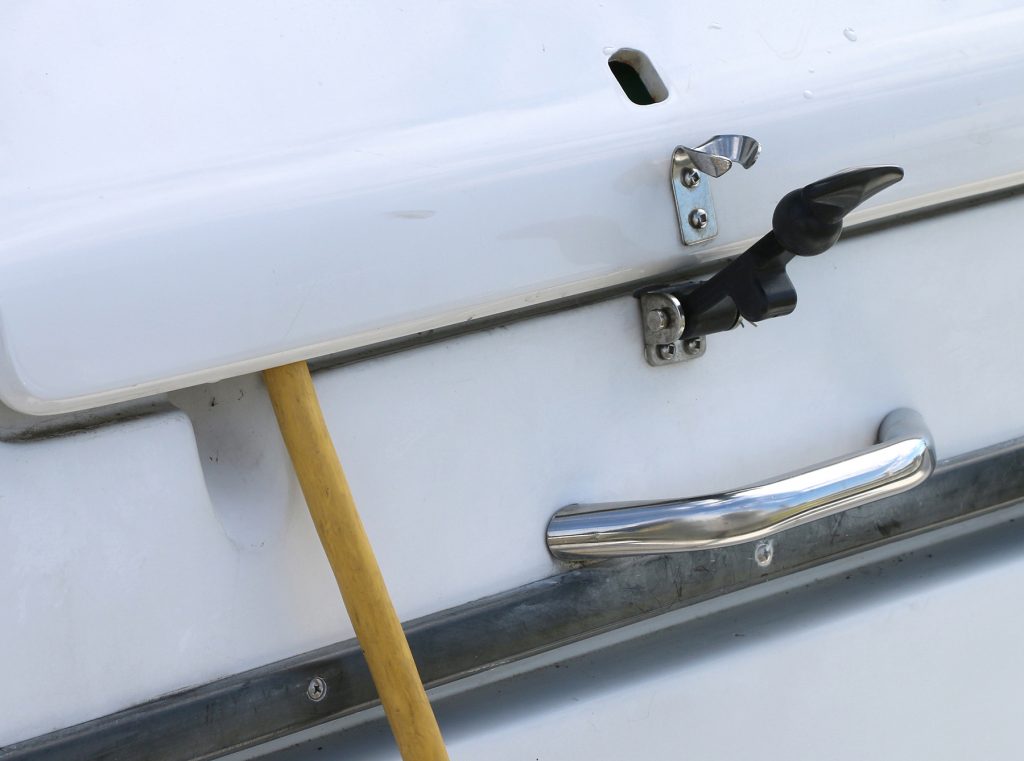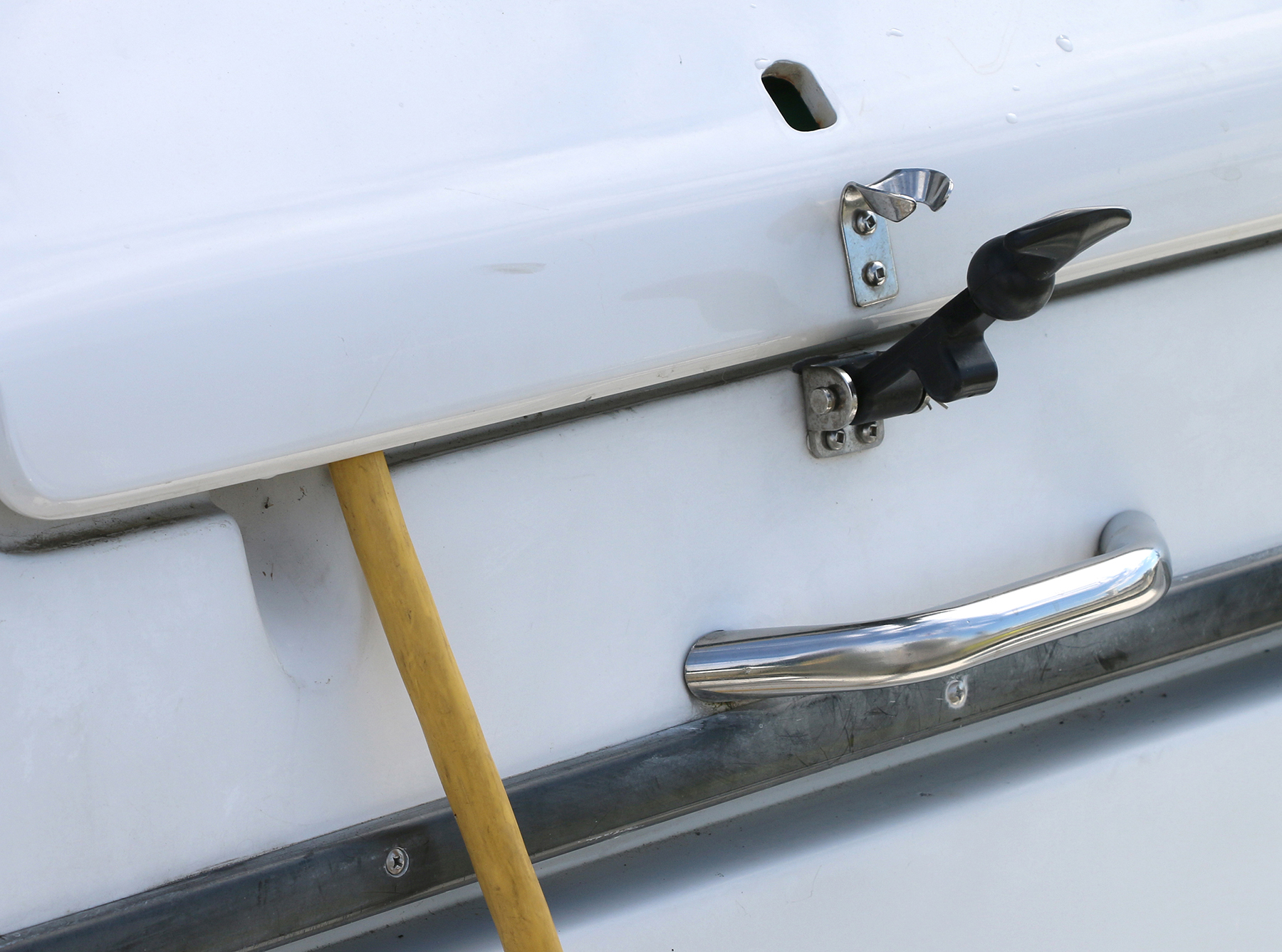Safety tips for safe use of marine shore power cords
In the last issue of Power Boating Canada magazine we looked at some of the potential issues with both modified and under-sized power cords on the dock. With power now available in three possible wattages, 20, 30, and 50, it is more important than ever to be aware of what you are plugging into your boat to ensure your boat and its electrical system is compatible.
Especially if you are purchasing a used boat and the power cord comes with it, it is essential that you check to make sure the male end has not been modified and you need to know the capacity of your on-board system.
As well as these basic steps, there are other suggestions to ensure that you have a safe and relaxing boating experience at the dock.
With the power available at the dock and with water present it should go without saying that all cords used for shore power should be rated for marine use. Never use an ordinary extension cord, even one that is rated for outdoor use, to supply power to any item on your boat – either the boat itself or for a single purpose such as powering a battery charger. Because they are not rated for the severe use on a dock they can overheat and deteriorate quickly and cause an electrical shock, a short circuit or a fire.

The male plug end of any cord should be molded onto the cord or have a weather-proof boot to provide a weatherproof seal when plugged into a receptacle on the dock. The end should also be of the locking type that must be turned slightly for a complete connection. Once it is locked in place, it cannot be pulled out, to prevent dangerous accidental arcing or exposure to weather, by anything or anyone passing by on the dock.
Similarly, the female end of the cord should have a locking ring that connects securely to the inlet on the boat and provides a weather proof seal. It also should not be able to be removed by pulling on it.
If the locking devices are not in place, do not use the cord. Replace it. If for some reason you have to use an adapter to get power to the boat, always use the adapter at the shore end of the cord.
Before plugging your boat in, make sure the main breaker in the boat is turned off to avoid possible shocks and surges from appliances that are already turned on and demanding power immediately.
Be sure to plug the female end of the cord into the boat first before you plug the male end into the shore power receptacle. Likewise, unplug the male end on the shore first before unplugging the female connector on the boat.
It seems like common sense but from time to time you may see people leaving the shore power cord plugged into the dock while they head out for a day on the water. This is extremely dangerous as the live female end could accidently end up in the water or in someone’s hands who isn’t aware of the danger. The male end of the plug should never be connected to the shore power outlet unless the female end is plugged into the boat.

Like everything else, shore power cords wear and can be damaged. At the start of each season and occasionally throughout the summer, check the cord to make sure it is in good shape. Watch for cuts, cracks and severe abrasions on the yellow covering. Check to make sure the plug blades are not bent, loose or broken. Look around both ends for brown or black discoloration which can indicate overheating or arcing. And look for the same discoloration on the plug blades. Also check to make sure the locking ring on the female end is not cracked or broken.
Monthly, the contacts on both ends should be sprayed with a contact cleaner, corrosion inhibitor and lubricant. There are several inexpensive types commercially available.
If the shore power cord is immersed in water – especially if either of the ends find their way into the water – it should be immediately sprayed with fresh water to clean it and then thoroughly dried before re-use. The blades and contact slots should be sprayed with a moisture displacement / lubricant before use, as well.
Shore power cords should be handled and stored with care aboard the boat. Do not allow cords to be pinched by a door or hatch as pinch points create resistance that generates heat that can damage the cord or start a fire.
For the same reason shore power cords should not be coiled tightly as a coil like this can generate heat. Cords can be hung loosely from a broad hook, hooks, or support, or they can be laid out in a loose coil of a few turns.
Modern boats offer many shore power conveniences that have increased the amount of power required at docks. Make sure you use this convenience safely.
Keyword : accessories, best boat, Best boat buying website, best boat marina website, best boat travel website, best place to rent a boat, boat accessories, boat angler, boat boondocking, boat buyers guide, boat camper, boat camping, boat dealers, boat DIY, boat Fishing, boat Fixer, boat Home, boat information, boat insurance, Boat Maintenance, boat marinas, boat marinas in Alberta, boat marinas in BC, boat marinas in Canada, boat marinas in Manitoba, boat marinas in Saskatchewan, boat marinas in the USA, boat marinas near me, boat products, boat rentals, boat repair, boat road test, boat sharing, boat sites near me, boat supplies, boat Tech, boat tips, boat touring, boat trade, boat Travel, boat traveling, boat travelling, boat vacation, boat vacation cost, boat websites Canada, boating Canada, Boating Canada’s Boat Lifestyle Magazine, Boating Lifestyle Magazine, boating website, Canadian marina websites, expert boat information, find a boat dealer, how much does a boat cost, how much does marina cost, how to choose a boat, how to drive a boat, marina products, marina supplies, motor boat, power boating magazine, safe boating, shore power, top boat website, used boat reviews accessories, best boat, Best boat buying website, best boat marina website, best boat travel website, best place to rent a boat, boat accessories, boat angler, boat boondocking, boat buyers guide, boat camper, boat camping, boat dealers, boat DIY, boat Fishing, boat Fixer, boat Home, boat information, boat insurance, Boat Maintenance, boat marinas, boat marinas in Alberta, boat marinas in BC, boat marinas in Canada, boat marinas in Manitoba, boat marinas in Saskatchewan, boat marinas in the USA, boat marinas near me, boat products, boat rentals, boat repair, boat road test, boat sharing, boat sites near me, boat supplies, boat Tech, boat tips, boat touring, boat trade, boat Travel, boat traveling, boat travelling, boat vacation, boat vacation cost, boat websites Canada, boating Canada, Boating Canada’s Boat Lifestyle Magazine, Boating Lifestyle Magazine, boating website, Canadian marina websites, expert boat information, find a boat dealer, how much does a boat cost, how much does marina cost, how to choose a boat, how to drive a boat, marina products, marina supplies, motor boat, power boating magazine, safe boating, shore power, top boat website, used boat reviews
